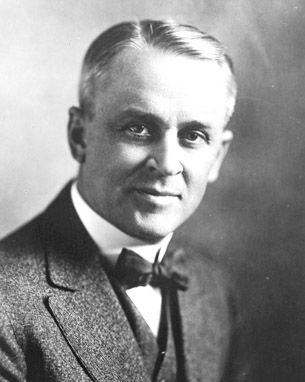Module 7
1. Module 7
1.10. Page 3
Module 7—Investigating the Nature of the Atom
 Try This
Try This
TR 1. A student does a Millikan oil drop experiment. The device has parallel plates that are 5.00 mm apart. The student determines that the mass of the drop is 2.90×10–15 kg. The student measures how the voltage affects the upward acceleration of the drop. The measurements are listed below.
Voltage (V) |
Acceleration Upward (m/s2) |
0 |
–9.81 |
100 |
–5.40 |
200 |
–0.98 |
300 |
3.43 |
400 |
7.85 |
500 |
12.26 |
- What are the manipulated and the responding variables?
- Draw a graph of the results.
- Use the graph to determine the voltage when the electric force and the force of gravity are balanced.
- Use your value from c. to determine the charge on the drop.
- How many excess electrons are on the drop?
TR 2. An oil droplet with a mass of 7.20 × 10–16 kg is moving upward at a constant speed of 2.00 m/s between two horizontal charged plates. If the electric field strength between the plates is 2.20 × 104 V/m, what is the charge on the oil droplet?
TR 3. An oil droplet with a mass of 3.50 × 10–15 kg accelerates downward at a rate of 2.50 m/s2 when it is between two horizontal charged plates that are 1.00 cm apart. Assuming that the excess charge on the droplet is negative and the top plate is positive, how many excess electrons does the droplet carry if the potential difference between the plates is 533 V?
TR 4. An oil droplet with a mass of 5.70 × 10–16 kg accelerates upward at a rate of 2.90 m/s2 when it is between two horizontal charged plates that are 3.50 cm apart.
- Draw a free-body diagram of the forces acting on the oil drop.
- If the potential difference between the plates is 792 V, what is the charge of the droplet?
 Module 7: Lesson 2 Assignment
Module 7: Lesson 2 Assignment
Remember to submit your answers to A 1, A 2, A 3, A 4, A 5 and D 1 to your teacher as part of your Module 7: Lesson 2 Assignment.
A 1. Why was Millikan unable to use water to make the droplets?
A 2. Why was Millikan’s oil drop experiment so important for the development of models of the atom?
A 3. During a Millikan oil drop experiment, a student records the weight of five different droplets. A record is also made of the electric field intensity needed to hold each droplet stationary between the horizontal charged plates.
Weight (× 10–14 N) |
Electric Field Strength (× 105 N/C) |
1.7 |
1.1 |
5.6 |
3.5 |
6.1 |
3.8 |
2.9 |
1.8 |
4.0 |
2.5 |
Graph the recorded data. Using ONLY the graph, determine the elementary charge.
A 4. In a Millikan-type experiment, two horizontal charged plates are 2.5 cm apart. A latex sphere of 1.3 × 10–15 kg remains stationary between the plates when the potential difference between the plates is 400 V, with the upper plate positively charged.
- What is the type of charge on the sphere?
- What is the electric field intensity between the plates?
- What is the charge on the sphere?
- How many excess elementary charges are on the sphere?
A 5. Two large, horizontal charged plates are separated by 0.050 m. A small plastic sphere is suspended between them and is experiencing a force of 4.5 × 10–15 N.
- If the sphere has four excess electrons, what is the mass of the sphere?
- What is the potential difference between the plates?
 Discuss
Discuss

Copyright © The Nobel Foundation 1923
D 1. Millikan’s experimental discoveries are, to some extent, a product of the scientific culture in which he lived and worked. View the video clip, “Millikan—Scientific Climate” and summarize the scientific climate in which Millikan performed his work.
D 2. Millikan’s published work is very different than that of his scientific journal. This has called into question the scientific process and highlights the use of scientific judgment. View the video clip, “Millikan—Scientific Judgment” and describe how Millikan applied scientific judgment.
 Module 7: Lesson 2 Assignment
Module 7: Lesson 2 Assignment
Remember to submit the Module 7: Lesson 2 Assignment to your teacher.